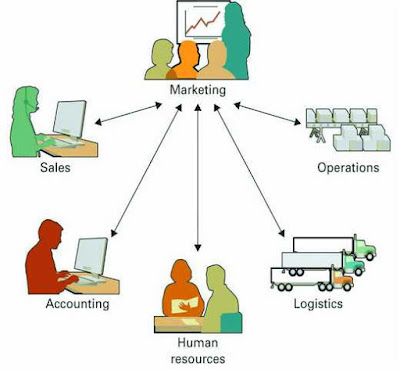Business Driven Technology Overview
THE IT BASICS
➤What is Information Technology (IT) ?
-🔽A field concerned with the use of technology in managing and processing information. Furthermore, Information Technology is an important enabler of business success and innovation. In business, IT's role is everywhere.
➤Management Information System (MIS)
-🔽A general name for the business function n academic discipline covering the application of people,technologies n procedures to solve business problem.
-🔽(MIS) is a business function, similar to Accounting, Finance, Operations and Human Resources.
➤Information Technology’s Impact on Business Operations
-🔽Organization typically operate by functional areas or functional silos
-🔽Functional areas are interdependent
➤Information, Data and Business Intelligence
🔽Data- raw facts that describe the characteristics of an event
🔽Information- data converted into a meaningful and useful context
🔽Business Intelligence- applications and technologies that are used to support decision-making efforts
➤IT Resources
1. People use
2. Information technology to work with
3. Information
➤IT Cultures
Organizational information cultures include;
🔽Information-Functional Culture – Employees use information as a means of exercising influence or power over others. For example, a manager in sales refuses to share information with marketing. This causes marketing to need the sales manager’s input each time a new sales manager’s input each time a new sales strategy is developed.
🔽Information-Inquiring Culture – Employees across departments search for information to better understand the future and align themselves with current trends and new directions.
🔽Information-Discovery Culture – Employees across departments are open to new insight about crisis and radical changes and seek ways to create competitive advantages.
🔽Information-Sharing Culture – Employees across departments trust each other to use information (especially about problems and failures) to improve performance.







No comments:
Post a Comment